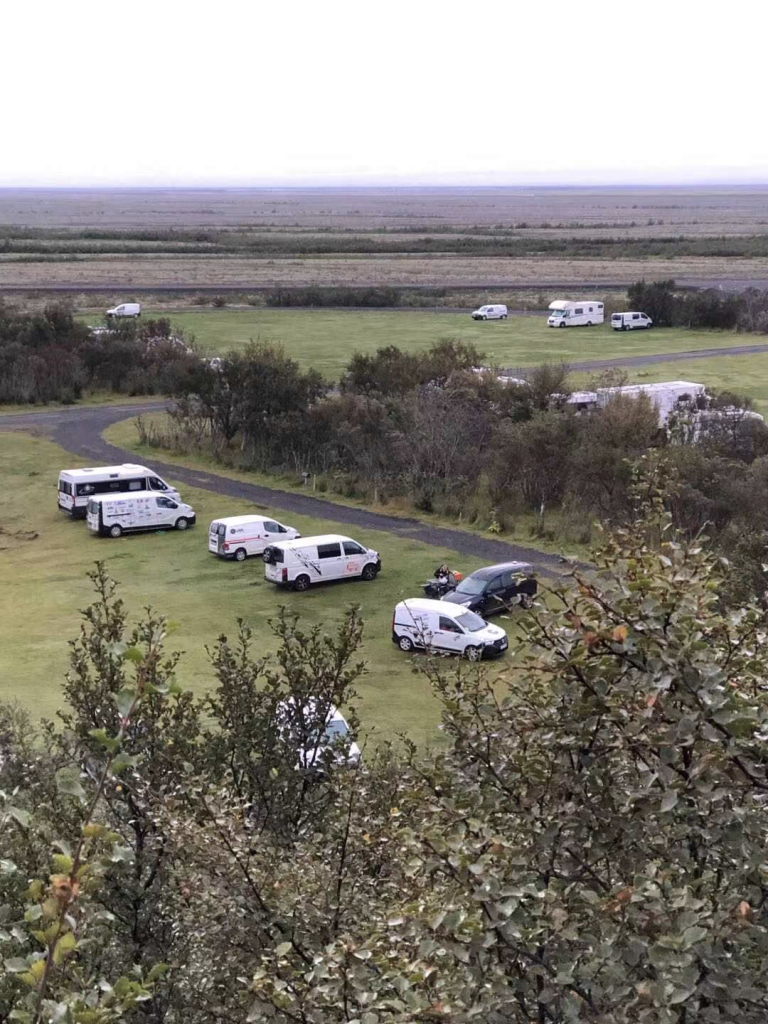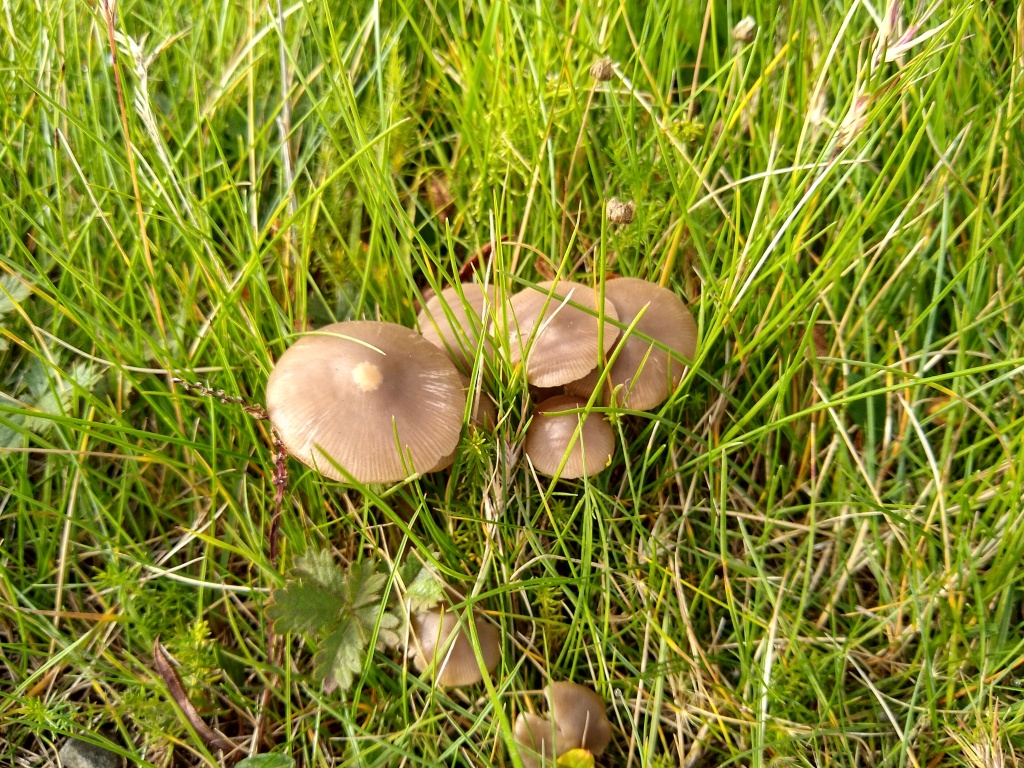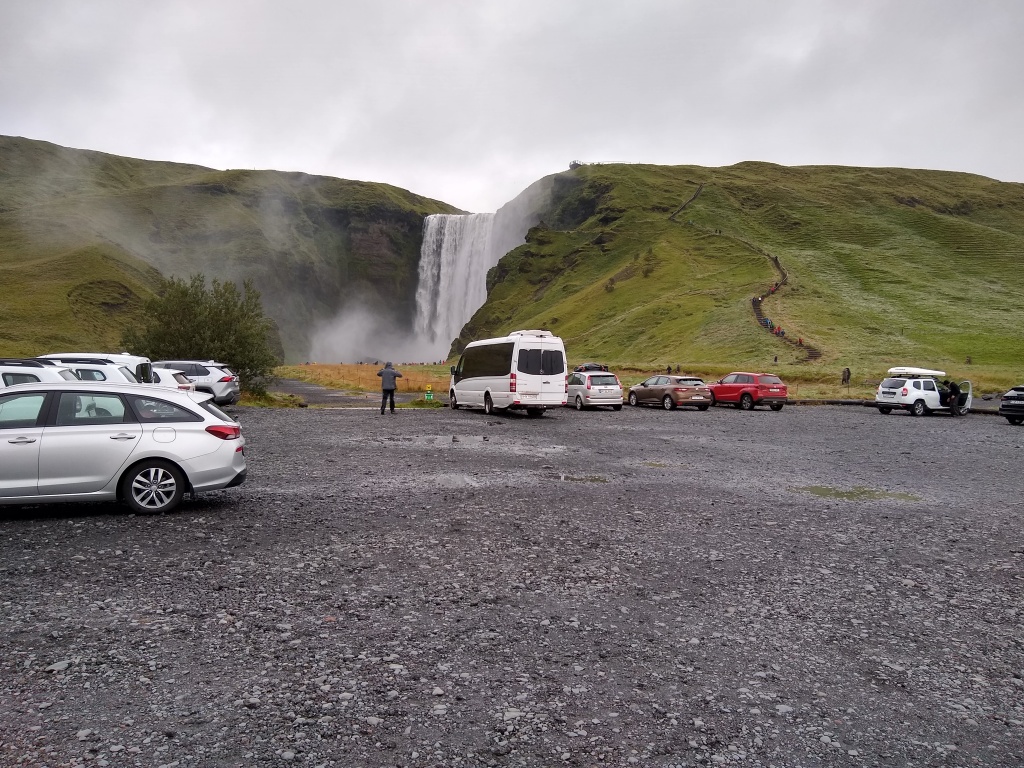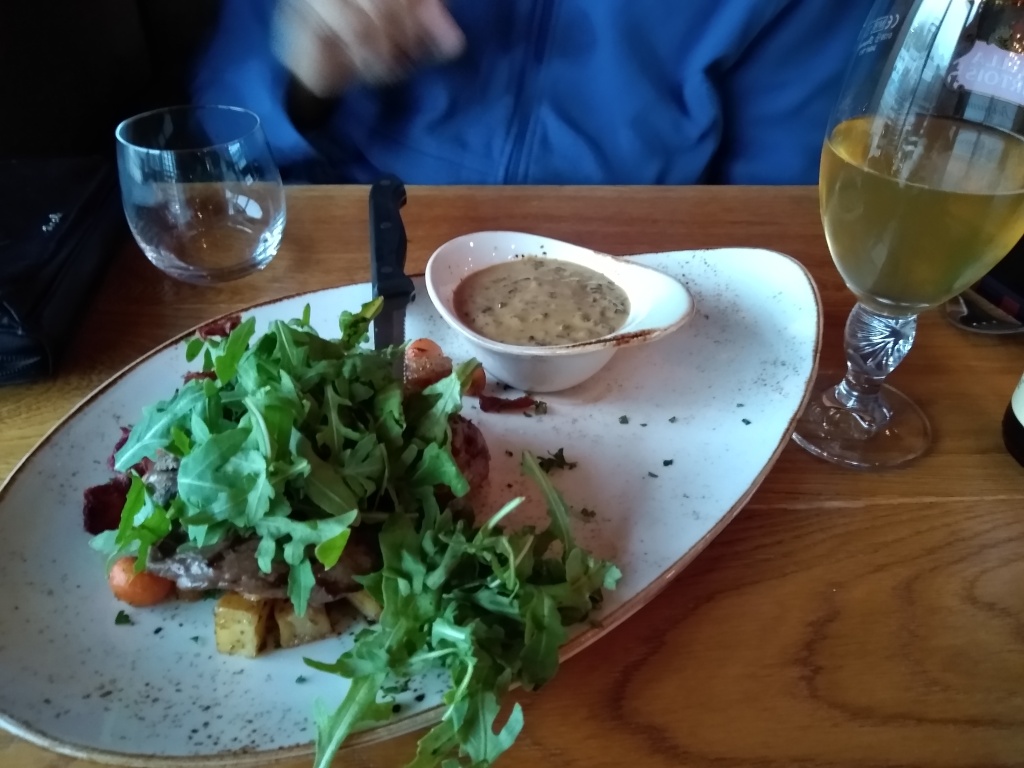Þingvellir National Park (still part of the Golden Circle) was next. This site has immense historical significance. In 930 AD, the first Alþingi (Icelandic Parliament) was founded here, the oldest still-existing democratic institution in the world. It’s a calm sheltered valley with abundant fresh water.

I was particularly interested to see the Lögberg (“Law Rock”), where speeches were made and new laws proclaimed. We don’t actually know for certain which rock was the Lögberg, but the flagpole marks the current best guess (there are two other good candidates though). Anyway, I though it would be an appropriate place to proclaim a new law. 🙂

Sometimes the Althing had to pass final judgement and execute people. Men were often hanged, but women were usually tied in a sack and drowned, in this calm deep pool by the side of a creek.

Elsewhere in the park is Silfra, a famous fissure that is often said to be “the” divide between the European and North American continental plates. The whole rift valley that it’s part of features hundreds of cracks, so that seems a bit overhyped to me. Nonetheless, it’s a popular spot for scuba divers.

The hydroelectric power station at Ljósafossstöð wasn’t far out of the way, so we made a short detour to see it. It started supplying electricity to Reykjavík in 1937, but has been upgraded several times since.

Hveragerði is the only town in Iceland to have been intentionally built on top of a geothermal site. At the visitor center, you can boil an egg in a hot spring, or taste bread slow-baked by steam heat.



There was a deep depression that the town formerly used as its garbage dump, but one year the hole exploded and covered the town in decades worth of old garbage.
The Hellisheiði geothermal power station supplies electricity AND hot water to Reykjavík. The pipes to the city are so well-insulated that there’s only a 1°C temperature drop between here and the city storage tanks.

Our first stop after reaching the Reykjavík area was the Seltjarnarnes peninsula with its Bakkatjörn pond bird sanctuary.


In Reykjavík proper, it’s hard to miss the towering Hallgrímskirkja. This is said to have been modeled after the Svartifoss waterfall with its hexagonal basalt columns (which we saw on day 11).



















